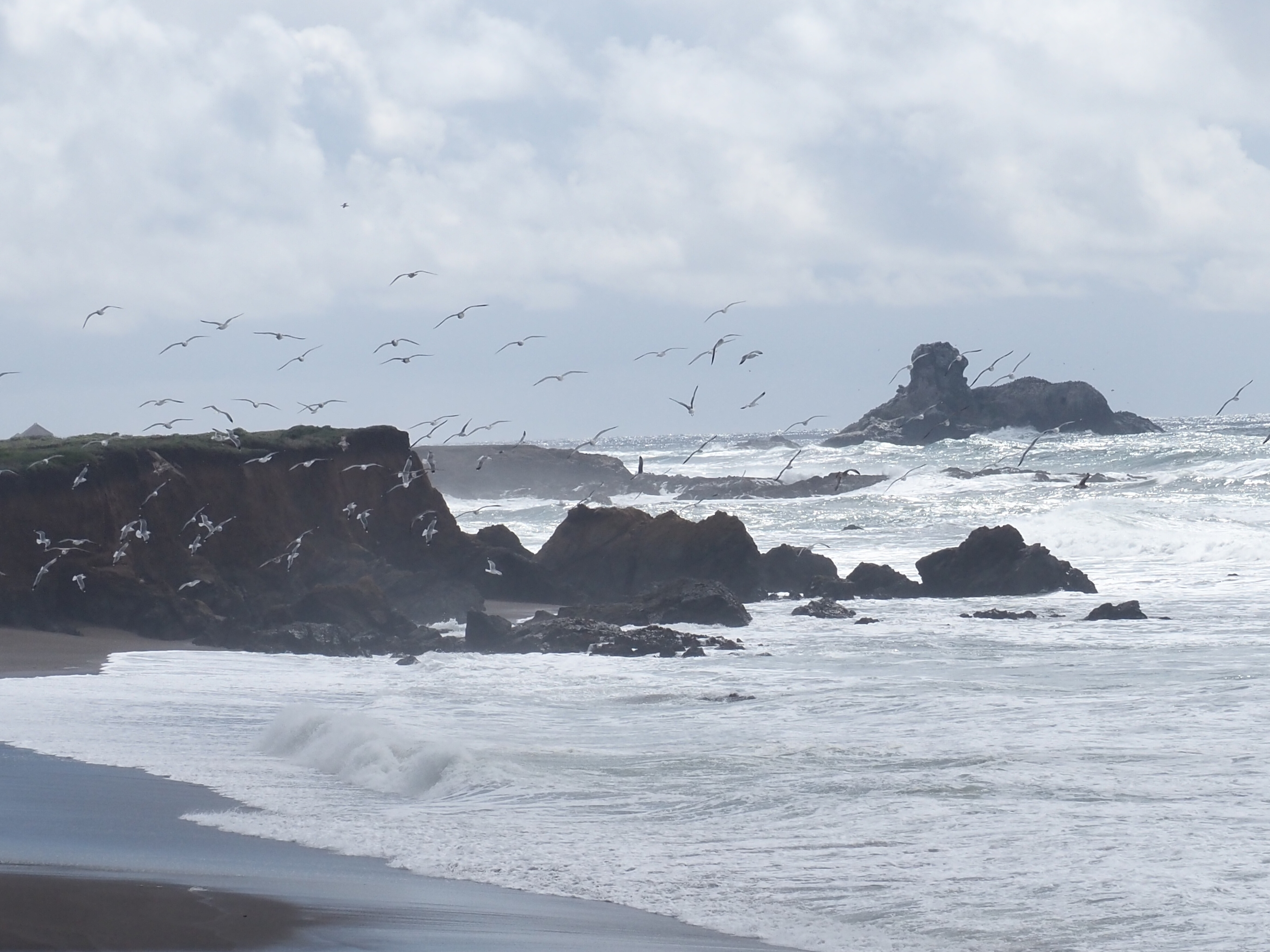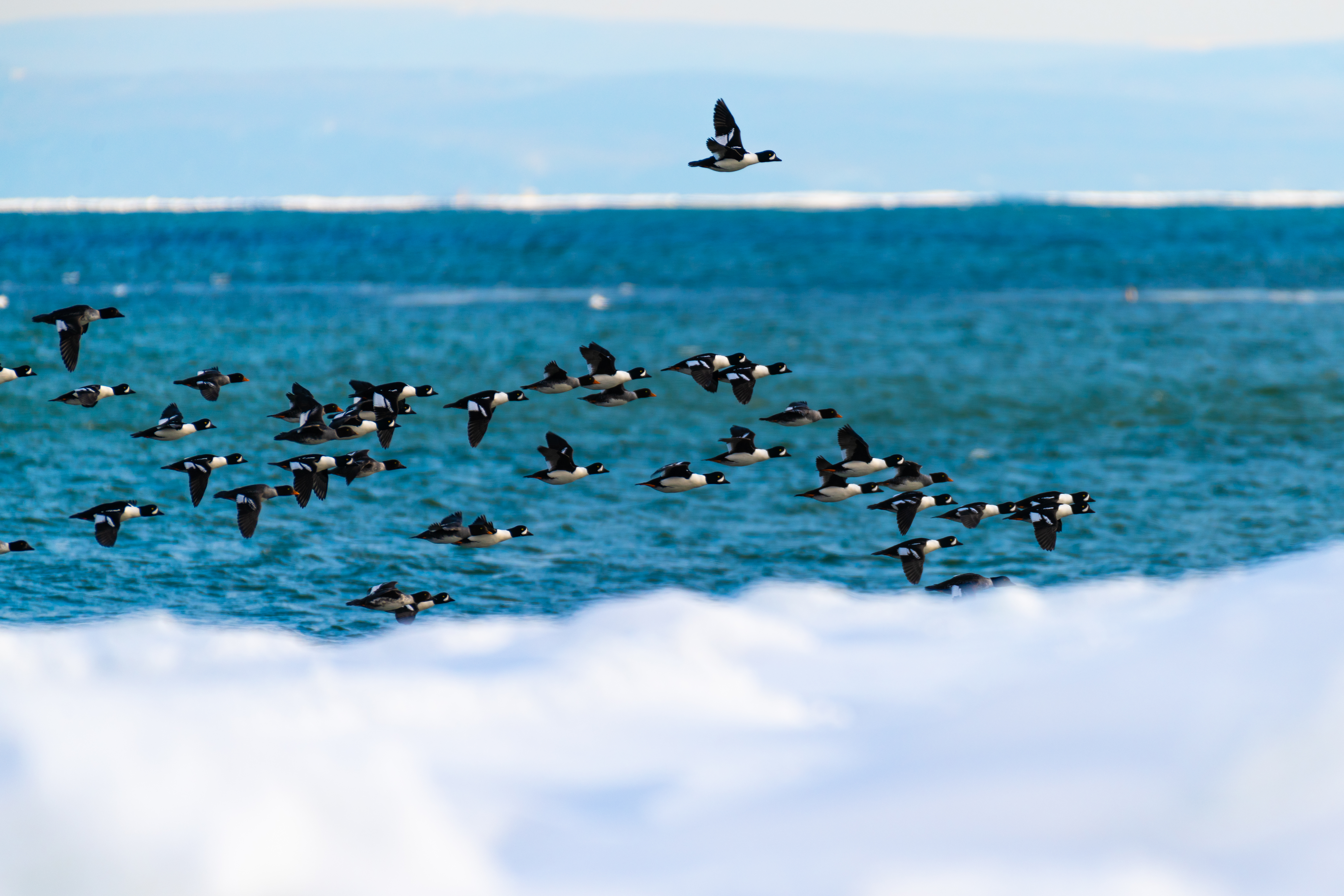When searching for large rorquals, just because you have a good boat and you head to a known offshore feeding area doesn’t mean that you’re guaranteed success. It’s no easy task spotting these animals, even of this size and with 10-metre high spouts. In the boundless sea, you have to be on the water often and as long as possible to hope to encounter them. You can get lucky, and it’s important to understand this, as these searches involve a great deal of trial and error.
On September 15, in calm weather and with ideal visibility, I head out to the Estuary to locate and photo-ID whales for the Mingan Island Cetacean Study (MICS). I depart from Le Bic with the high tide. After travelling some forty nautical miles with no luck, I decided to double back, making a zigzag pattern this time in hopes of increasing my odds. At 4 p.m., on my way back toward Le Bic, I finally spot a huge spout a mile away, at 45 degrees on my starboard side. It’s a large blue whale. While photographing this beautiful animal, I spot four other spouts in the same area. As I often say, whales attract whales. Three blue whales and two fin whales are feeding in an area of about 1.5 square miles. These three blue whales are regular visitors to the Estuary that I’ve known for several years, including B197, which I first encountered off Grosses-Roches in 2004. They kept me offshore long enough to miss my tide at Le Bic, so I had to return to shore in Rimouski.
Afterwards, my plotted course shows that I passed close by this group twice without seeing them. I passed within 3 nautical miles (5 km) of them, which is just about the limit to be able to spot them. How unfortunate!
On my way back, about one nautical mile away and in perfect light, I couldn’t miss them. What luck!
It all goes to show that just because we go out to sea without seeing a whale, doesn’t mean that there aren’t any there.

[metaslider id=21393]
 René Roy is an amateur cetologist who is passionate about the sea and whales; he resides in Pointe-au-Père, in the Bas-Saint-Laurent region. For the past few years, he has undertaken photo-identification expeditions for the Mingan Island Cetacean Study (MICS), mainly in the Gaspé. He also volunteers for the Quebec Marine Mammal Emergency Response Network.
René Roy is an amateur cetologist who is passionate about the sea and whales; he resides in Pointe-au-Père, in the Bas-Saint-Laurent region. For the past few years, he has undertaken photo-identification expeditions for the Mingan Island Cetacean Study (MICS), mainly in the Gaspé. He also volunteers for the Quebec Marine Mammal Emergency Response Network.





